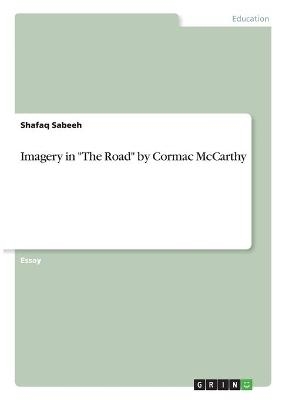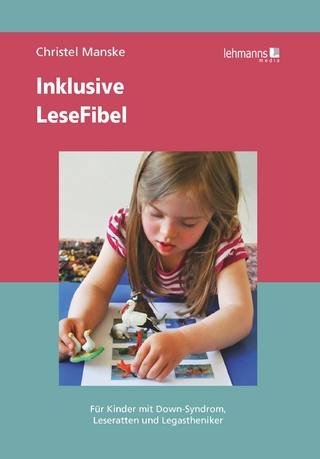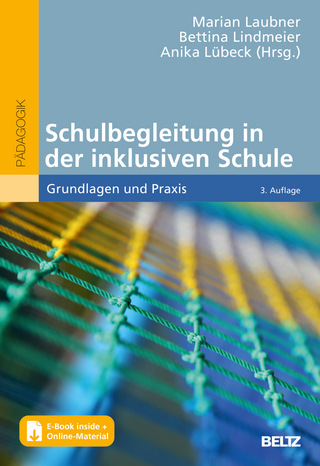
Imagery in "The Road" by Cormac McCarthy
Seiten
2020
GRIN Verlag
978-3-346-30375-2 (ISBN)
GRIN Verlag
978-3-346-30375-2 (ISBN)
- Titel nicht im Sortiment
- Artikel merken
Essay from the year 2013 in the subject Didactics - English - Literature, Works, , language: English, abstract: The Road, a novel by Cormac McCarthy is set after a calamity that has swept away the whole world and has left only a few people on this planet. Among these people are 'the man' and 'the boy' who represent goodness in this wrecked and cannibalistic world. McCarthy builds the horrific environment in the novel through 'imagery'. This research paper aims to explore both descriptive and figurative language with the help of which the writer employs the technique of imagery in the novel.
The writer makes use of descriptive language, with the purpose of creating vivid scenes that appeal to the senses of the reader. This type of imagery integrates five senses - vision, auditory, gustatory, kinesthetic and olfactory. This kind of imagery has been crafted by the writer to exhibit various themes of the novel. Different and opposed themes are knitted as well as juxtaposed in an artistic way.
McCarthy uses figurative language as he blends literary devices like symbolism, personification, metaphors and similes very well to create this language which gives a simple prose a poetic touch and makes it sensitive. It appeals to the senses of the reader and invokes feelings and emotions in the readers. These literary devices are significant in changing the literal meaning of the words and non literal meaning is comprehended by analyzing the images and symbols that the writer uses. McCarthy's craftsmanship is revealed in analysis of these two forms of language that create horrifying and shocking images of the ruined world yet make the prose striking and attractive to the readers.
The writer makes use of descriptive language, with the purpose of creating vivid scenes that appeal to the senses of the reader. This type of imagery integrates five senses - vision, auditory, gustatory, kinesthetic and olfactory. This kind of imagery has been crafted by the writer to exhibit various themes of the novel. Different and opposed themes are knitted as well as juxtaposed in an artistic way.
McCarthy uses figurative language as he blends literary devices like symbolism, personification, metaphors and similes very well to create this language which gives a simple prose a poetic touch and makes it sensitive. It appeals to the senses of the reader and invokes feelings and emotions in the readers. These literary devices are significant in changing the literal meaning of the words and non literal meaning is comprehended by analyzing the images and symbols that the writer uses. McCarthy's craftsmanship is revealed in analysis of these two forms of language that create horrifying and shocking images of the ruined world yet make the prose striking and attractive to the readers.
| Erscheinungsdatum | 17.01.2021 |
|---|---|
| Sprache | englisch |
| Maße | 148 x 210 mm |
| Gewicht | 79 g |
| Themenwelt | Sozialwissenschaften ► Pädagogik ► Schulpädagogik / Grundschule |
| Sozialwissenschaften ► Pädagogik ► Schulpädagogik / Sekundarstufe I+II | |
| Schlagworte | cormac • Imagery • McCarthy • Road |
| ISBN-10 | 3-346-30375-6 / 3346303756 |
| ISBN-13 | 978-3-346-30375-2 / 9783346303752 |
| Zustand | Neuware |
| Informationen gemäß Produktsicherheitsverordnung (GPSR) | |
| Haben Sie eine Frage zum Produkt? |
Mehr entdecken
aus dem Bereich
aus dem Bereich
für Kinder mit Down-Syndrom, Leseratten und Legastheniker
Buch | Softcover (2023)
Lehmanns Media (Verlag)
19,95 €
Grundlagen und Praxis
Buch | Softcover (2022)
Beltz (Verlag)
19,95 €
wie Lehrer, Eltern und Schüler guten Unterricht gestalten
Buch | Softcover (2024)
Klett-Cotta (Verlag)
24,00 €


